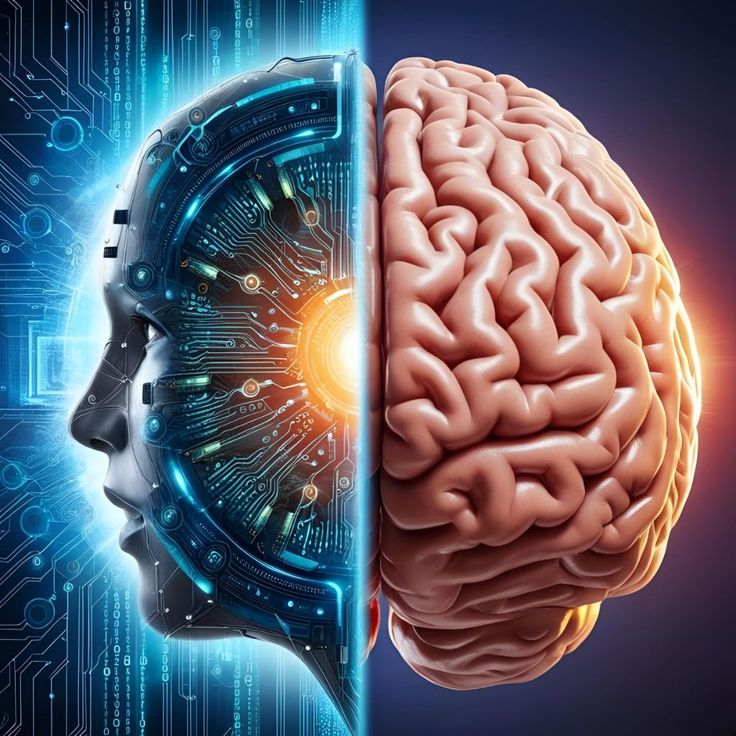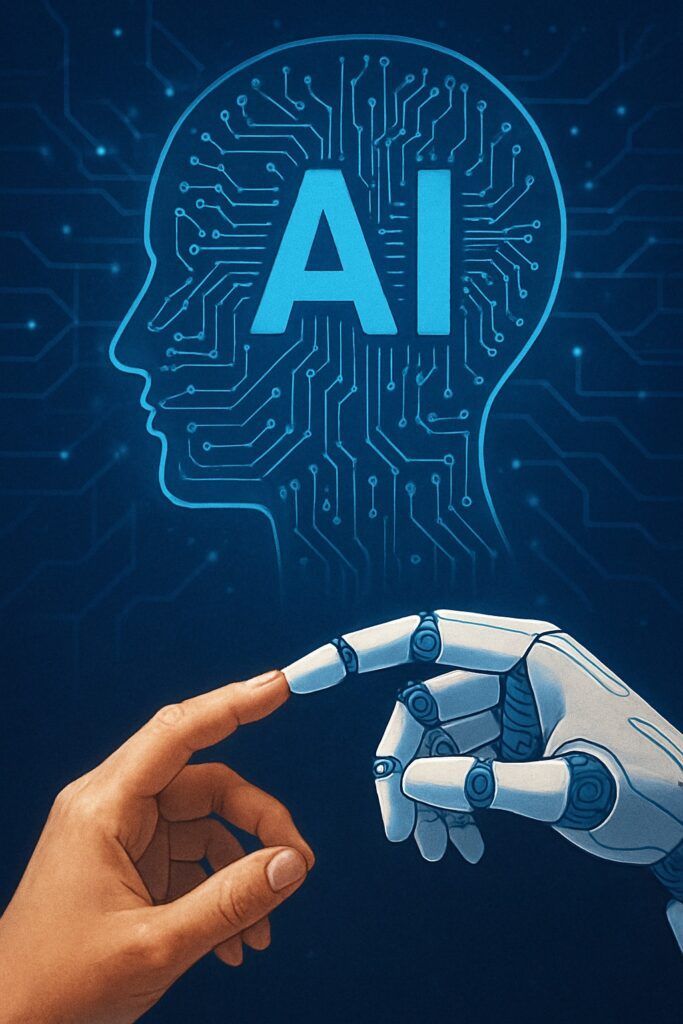Healthcare is data-rich and time-poor. AI offers a practical way to turn measurements, images, notes, and signals into earlier detection, smoother workflows, and better patient experiences when used responsibly.
The benefits of AI in healthcare are significant. It allows earlier and more accurate detection, as algorithms can spot subtle patterns in radiology, dermatology, cardiology, and pathology that humans might miss, helping clinicians intervene sooner.
AI also improves operational efficiency, from appointment scheduling to bed allocation, by forecasting demand, identifying bottlenecks, and reducing idle time, which frees staff for patient care. Clinical decision support is another strength, where systems surface relevant guidelines, potential drug interactions, and risk scores at the point of care, thus improving safety and consistency.
Patient engagement is enhanced through virtual assistants that remind patients to take medication, log symptoms, and follow care plans leading to improved adherence and outcomes. Remote monitoring through wearables allows continuous streaming of heart rate, oxygen saturation, glucose levels, and more. AI filters the noise and alerts clinicians only to changes that matter.
Despite these benefits, challenges remain. Data privacy and consent are critical since health data is among the most sensitive, and robust encryption and access controls are non-negotiable. Bias and equity issues arise if models are trained on unrepresentative populations, as recommendations may become less accurate for certain groups, making equity audits essential.
Validation and regulation also pose hurdles, as clinical models must undergo rigorous testing for safety and effectiveness, with approvals and post-market surveillance often taking time. Integration and interoperability are another concern because great AI solutions are useless if they cannot plug into existing electronic records and workflows, making standards and IT alignment vital.
Clinician trust and workflow fit are equally important, as tools must be explainable enough and aligned with real routines, otherwise they risk being ignored. Lastly, security is a major challenge since hospitals face rising cyber threats, and AI systems and data stores require strong defenses and incident response plans.
Looking at the future possibilities, AI holds the potential for personalized and preventive care, where genomics combined with longitudinal records and lifestyle data can tailor treatments and catch diseases earlier.
Digital twins virtual patient models could simulate how an individual might respond to therapies, improving treatment selection. Federated learning offers a way for models to be trained across institutions without moving raw data, protecting privacy while benefiting from scale.
Multimodal AI systems that combine text notes, lab values, images, and waveforms will provide richer and more reliable insights. Robotics and automation will also play a role, from pharmacy dispensing to surgical assistance and logistics, taking on repetitive tasks.
Health leaders aiming to implement AI should take practical steps. They should prioritize use cases with clear clinical ownership and measurable endpoints, establish data governance and security upfront, co-design solutions with clinicians and patients while running pilots and publishing results, and plan for training, change management, and maintenance rather than focusing only on the launch.
Conclusion
AI in healthcare is about better, safer, and more human care—not gadgets. Success depends on good data, careful validation, and deep respect for privacy and equity. When those foundations are in place, AI becomes a powerful ally for clinicians and patients alike.



